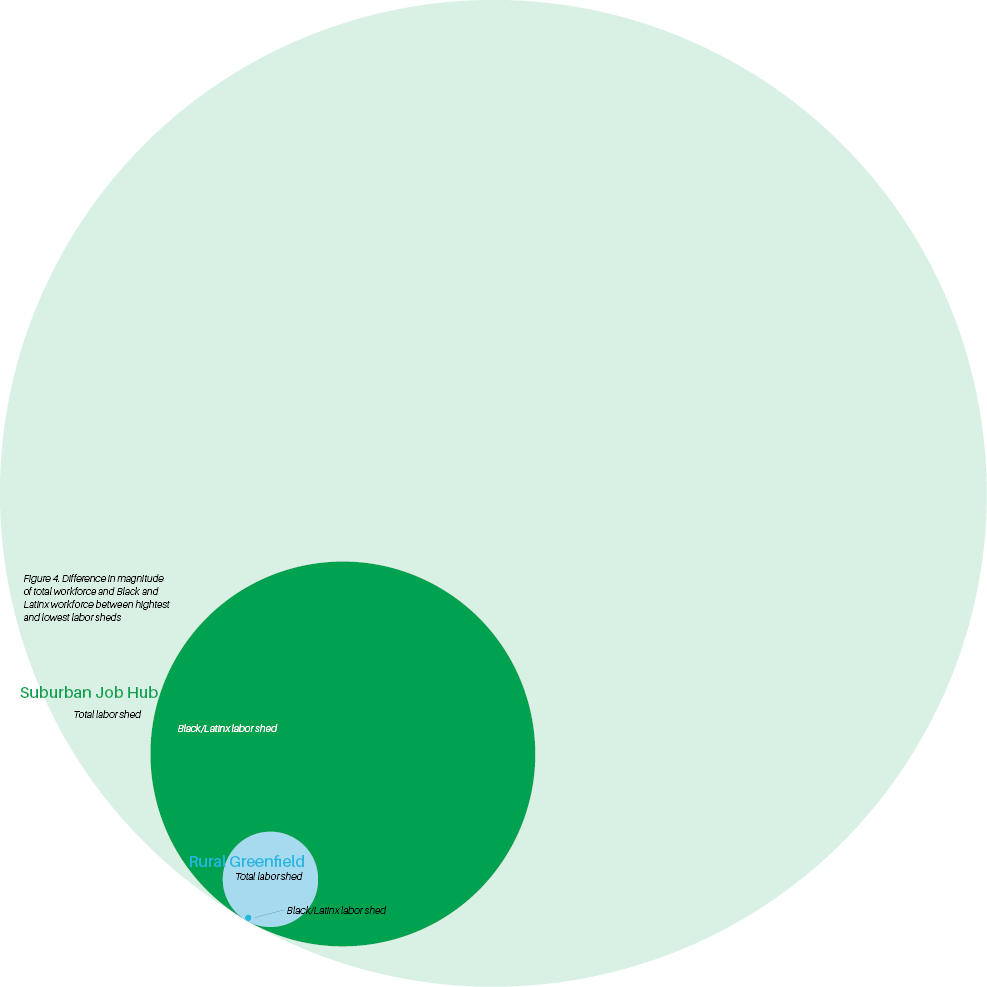Our survey of working-age adults illustrated how systemic issues like suburban sprawl affect real people across the region. Overall, more than 27 percent of respondents reported transportation as at least a moderate barrier to finding or keeping employment—and among those not employed, this portion rises to more than 40 percent. Those most likely to view transportation as a barrier to apply for, find, or keep a job are more likely to…
- Be in a household making less than $25,000 annually
- Be between 18-24 years of age
- Have a high school diploma or less education
- Live in an urban center (Akron, Cleveland, Youngstown, Canton)
- Identify as Black or Multi-Racial
Employers can overcome some of these barriers and access a larger talent pool by either making commutes easier and less expensive through transportation benefits and services, or by locating more strategically. While the former is an immediate-term strategy to mitigate commute barriers, site selection decisions have a much longer term impact on access to talent.
Where Matters
Job access barriers are often exacerbated by decisions made before a business even opens its doors—the site selection process. Until recently, there have not been effective tools to help companies expand their considerations for what makes a “good” site. Businesses have only been able to compare sites based on the short-term factors time, risks, and costs in the context of ROI.
As a result, companies suffer from transportation barriers in the form of high turnover rates, difficulty in attracting and retaining talent, and a smaller and less diverse labor pool from which to draw workers.
When it comes to competing for talent, where matters.
Competition has changed, and businesses must now consider a site’s access to talent, racial equity, and sustainability in their site analyses to remain competitive. The Fund and Team NEO compared five real sites across Northeast Ohio to quantify the significant differences in access to talent, racial diversity, and sustainability implications, across development sites.
Here’s one example of the stark differences we identified among these sites:
- A rural greenfield offers only approximately 61,000 potential workers within a 30-minute car commute and is entirely inaccessible by public transit—and 92 percent of those potential workers are white.
- A comparable development site located in a suburban job hub reaches 633,000 potential workers within a 30-minute care commute, is accessible via public transit— and more than 28 percent of those potential workers are either Black or Hispanic/LatinX.
Simply put, a site’s location can lead to dramatically different results in access to talent and a diverse workforce. And sites located near concentrated populations with access to public transit experience larger and more racially diverse talent sheds. To learn more, visit https://www.thefundneo.org/wherematters
To see how these factors affect your access to talent, explore the ESGP tool that emerged from this research. Enter your business’s address to find out your score using the ESGP tool (wherematters.teamneo.org), and if there’s a move or expansion on the horizon, incorporate these factors into your site selection decision.


